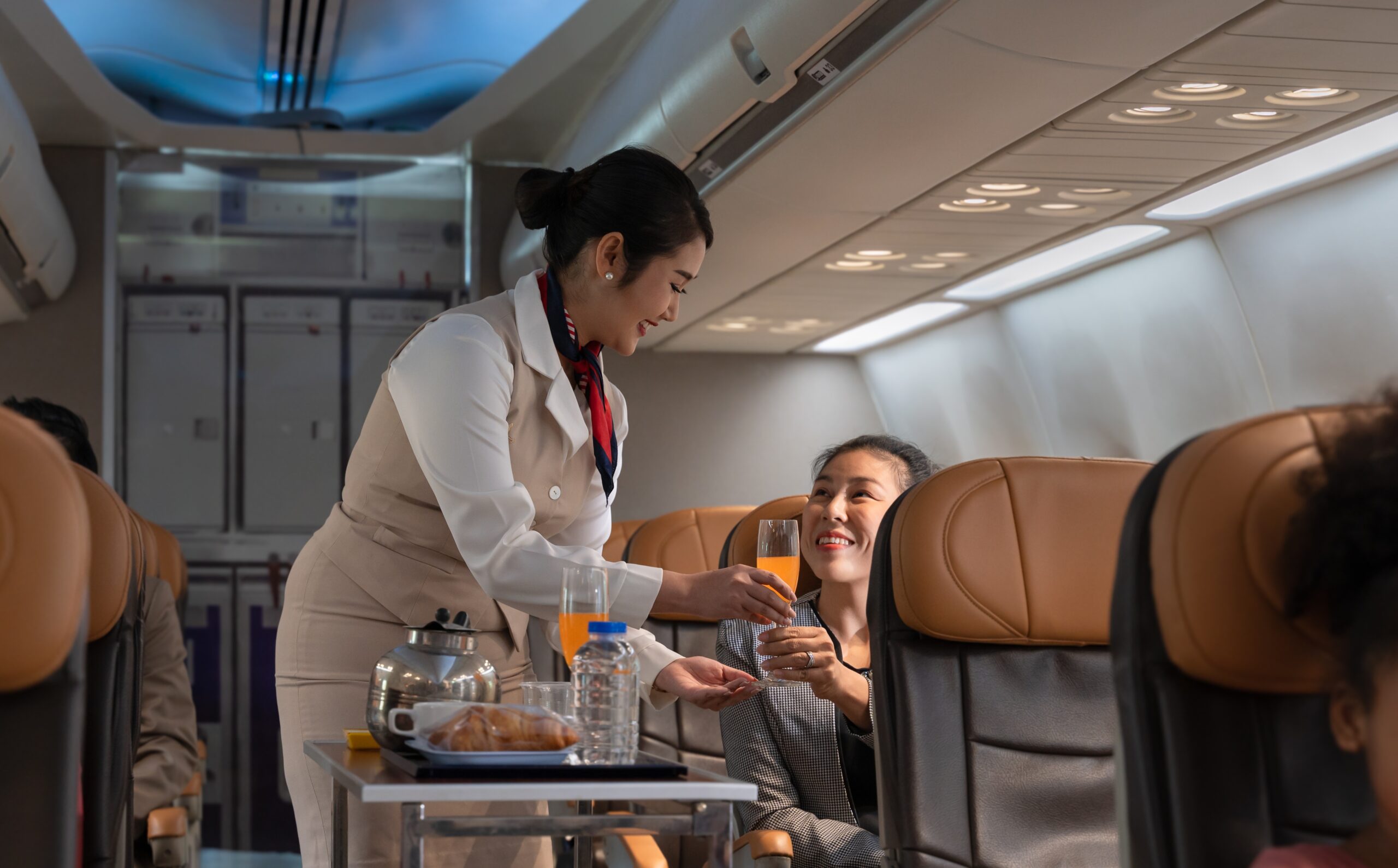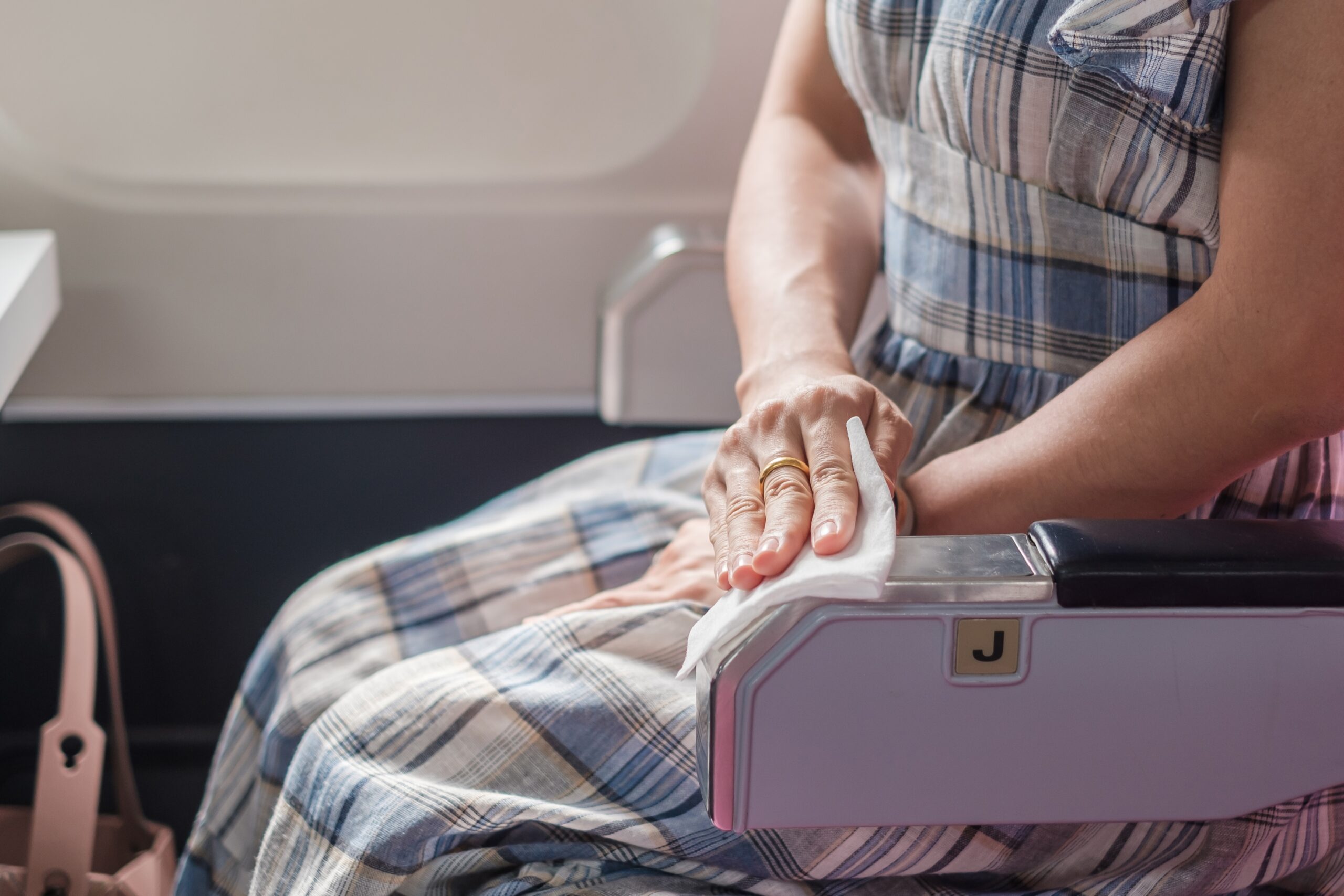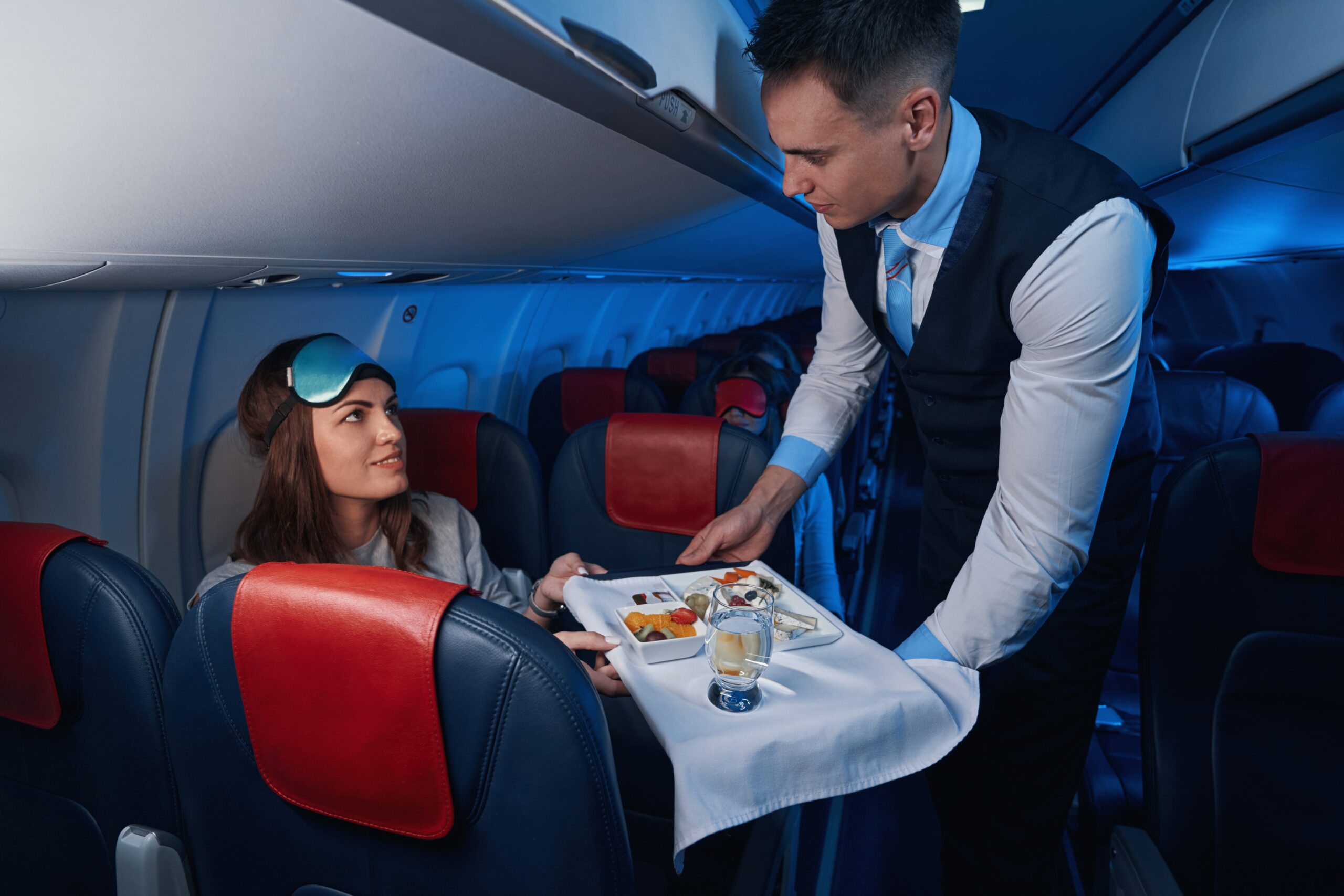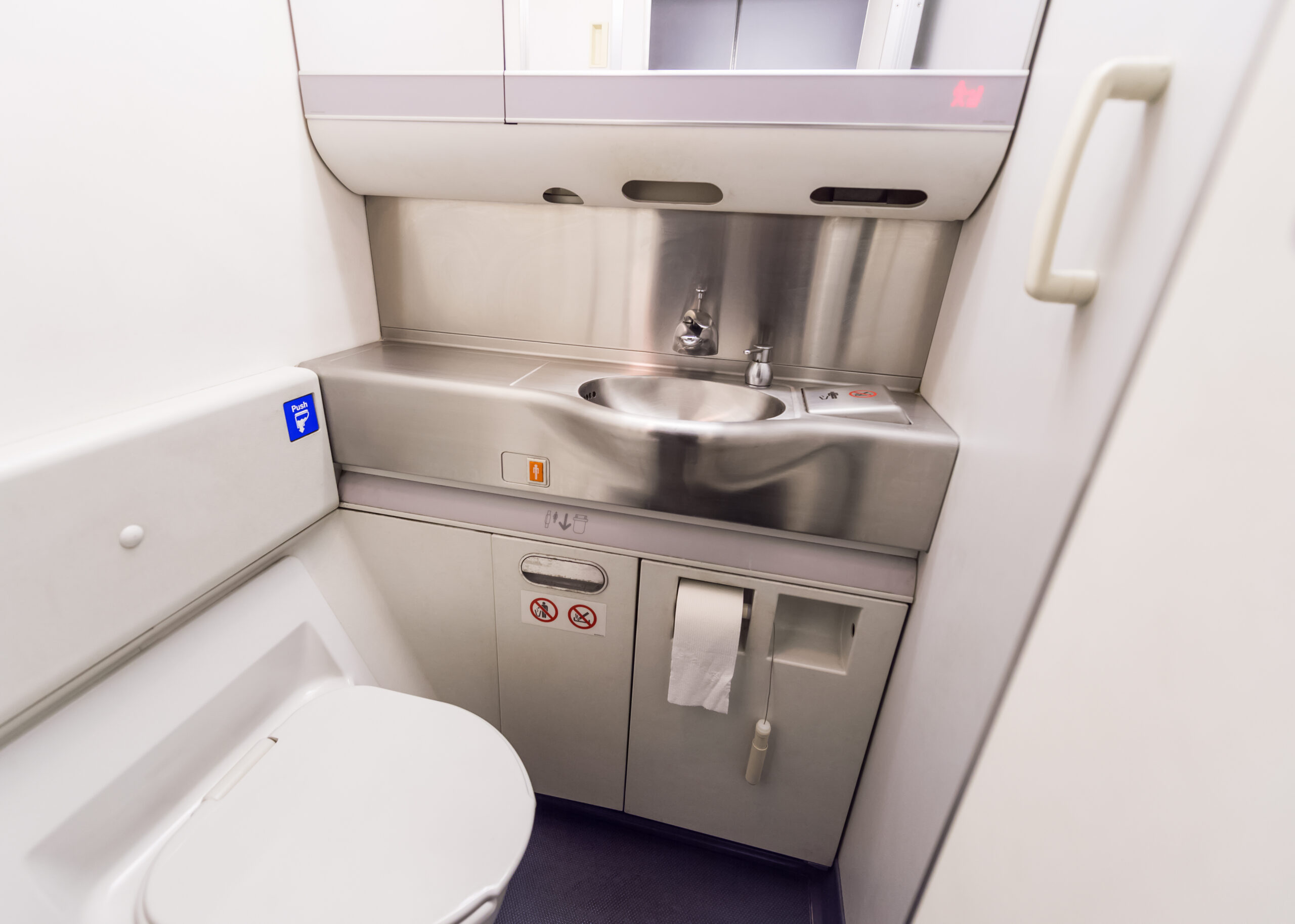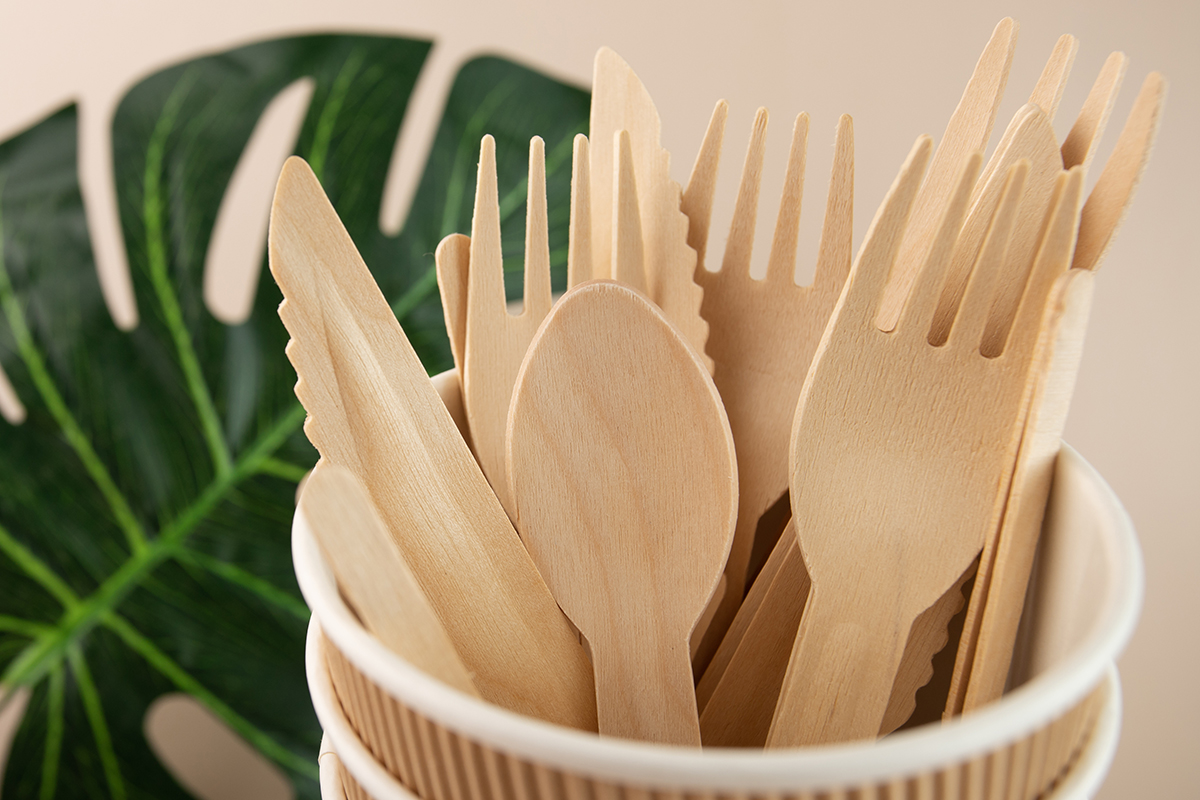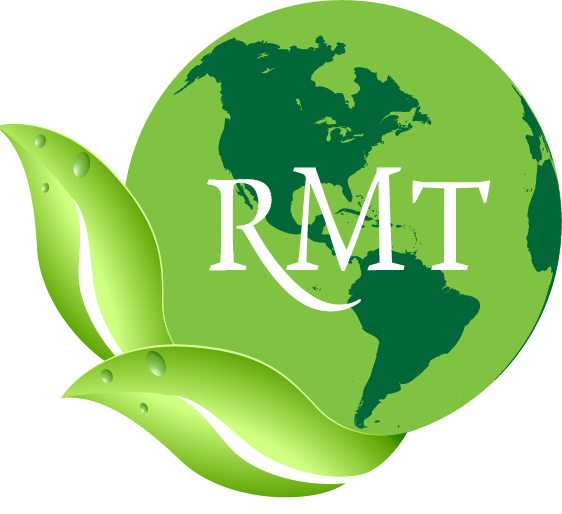With growing awareness of the environmental impact of single-use plastics, travelers and businesses alike are seeking sustainable alternatives to reduce their carbon footprint. The good news for the travel industry is that single-use cutlery is an area that represents a significant opportunity for improvement and there are many ways to conduct this change.
The cutlery selected by airlines, rail operators, and cruise lines can help meet eco-conscious consumer demand and industry-wide sustainability goals, while also influencing customer perception and enhancing brand reputation.
For businesses looking to reduce waste and make environmentally friendly choices, there are several sustainable cutlery options available. Understanding these choices can make a big difference for your business.
Today’s travelers are more aware than ever of how traditional single-use plastic cutlery has contributed significantly to the global plastic pollution crisis. Each year, billions of plastic utensils are produced, used briefly, and then discarded. They often end up in landfills, waterways, and oceans.
In fact, areas such as the European Union, Canada, Australia, India, China, and other regions have begun plans for phasing out or banning single-use plastics. This makes it crucial to choose alternatives.
Travel businesses, including airlines, rail operators, and cruise lines, are uniquely positioned to make a substantial impact through their procurement decisions. By opting for sustainable single-use cutlery, these businesses can reduce the amount of plastic waste they produce and demonstrate a commitment to environmental responsibility.
In addition to reducing plastic waste and complying with regulations, travel businesses stand to enhance their brand reputation and appeal to an increasingly eco-conscious consumer base.
Choosing the Right Sustainable Cutlery
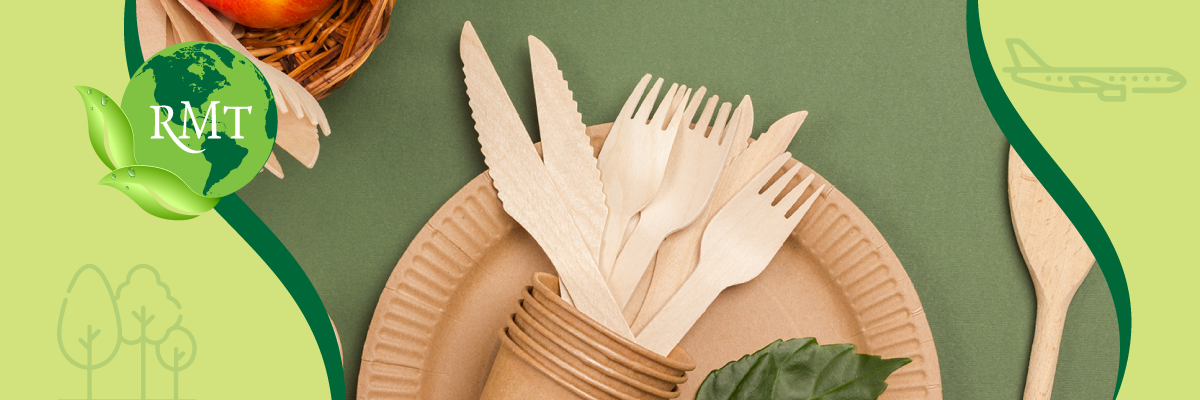
There are several sustainable eating utensils and cutlery kits available today. Each material offers unique characteristics in terms of durability, aesthetics, and environmental impact.
The most important aspects to consider are durability and functionality. Travelers want environmentally-friendly options, but they also want their knives, forks, and spoons to perform as they should. You don’t want to end up with a knife that doesn’t cut, for example, or a fork that can’t pick up food without snapping.
When considering the available options, evaluate the strength, flexibility, and resistance to heat and moisture of various materials to ensure they meet the demands of travel environments. Additionally, consider ergonomic design features that enhance user experience and usability during onboard dining experiences.
It’s also important to think about how the cutlery will be discarded after use. You want to select an option that can be disposed of in an eco-friendly manner, but also one that doesn’t require a complex or difficult process. Prioritize materials that are certified compostable or biodegradable, ensuring they can break down naturally without leaving harmful residues or contributing to long-term environmental pollution. These can usually be thrown away with standard waste or organic material.
While sustainability is a priority, it’s essential to weigh the upfront costs of sustainable alternatives against their long-term environmental benefits and the boost that using these items can give to your brand.
Evaluating Different Sustainable Options
There is a wide range of sustainable materials available for single-use cutlery. Each has its own characteristics and considerations. By learning about these different options, you can make the right choice for your travel business.
Some of the options include:
- Bamboo – Bamboo cutlery is lightweight, durable, and biodegradable, making it a popular choice for sustainable travel. Its natural aesthetics and rapid growth rate add to its appeal.
- Wood – Wooden cutlery is biodegradable, renewable, and often sourced from responsibly managed forests. It provides a rustic aesthetic and is suitable for a wide range of culinary applications.
- Paper – Paper cutlery is inherently lightweight and biodegradable, making it an ideal choice for airlines, rail operators, and cruise lines looking to minimize onboard weight and fuel consumption.
- Bagasse Sugarcane – These innovative materials derived from agricultural waste offer promising alternatives to traditional plastics. Bagasse products are a compostable, renewable, and cost-effective choice.
With these available options along with sustainable dishware and environmentally friendly cups, it’s possible to serve an entire meal without creating additional plastic waste. This significantly enhances the travel experience and provides passengers with the commitment to sustainability they are looking for.
Communicating Sustainability Efforts to Customers
Travelers care about environmentally-friendly initiatives, so it’s important to develop clear and transparent messaging about your commitment to sustainability and the adoption of sustainable single-use cutlery.
Be sure to include sustainability messaging in your marketing materials, onboard announcements, and digital platforms to educate customers about the environmental benefits of the initiative. You could win new lifelong-customers for it!
We also recommend using signage and labeling to clearly indicate the compostability or biodegradability of the cutlery and provide instructions for proper disposal. Every marketing piece to educate your customers about your efforts will be extremely beneficial.
If you’re looking to transition towards sustainable single-use cutlery and want to know more about the available options, we’re here to help. Contact RMT Global Partners today to explore the sustainable solutions we have to offer and to get advice on how to choose the right ones for your business.

